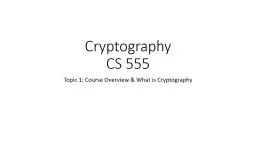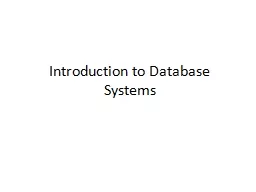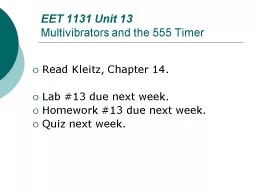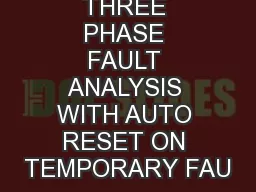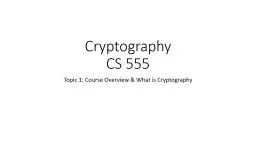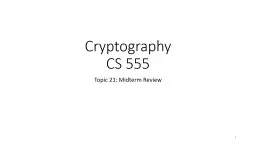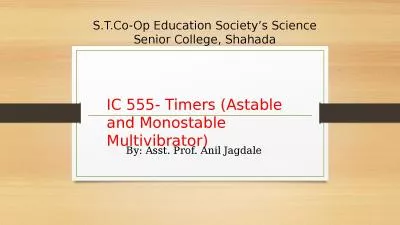PPT-Cryptography CS 555 Topic 1: Course Overview & What is Cryptography
Author : cheryl-pisano | Published Date : 2018-10-10
1 Administrative Note Professor Blocki is traveling and will be back on Wednesday Email jblockipurdueedu Thanks to Professor Spafford for covering the first lecture
Presentation Embed Code
Download Presentation
Download Presentation The PPT/PDF document "Cryptography CS 555 Topic 1: Course Over..." is the property of its rightful owner. Permission is granted to download and print the materials on this website for personal, non-commercial use only, and to display it on your personal computer provided you do not modify the materials and that you retain all copyright notices contained in the materials. By downloading content from our website, you accept the terms of this agreement.
Cryptography CS 555 Topic 1: Course Overview & What is Cryptography: Transcript
Download Rules Of Document
"Cryptography CS 555 Topic 1: Course Overview & What is Cryptography"The content belongs to its owner. You may download and print it for personal use, without modification, and keep all copyright notices. By downloading, you agree to these terms.
Related Documents

